 First published in 2011 by Hardie Grant Books
First published in 2011 by Hardie Grant Books
Hardie Grant Books (Australia)
Ground Level, Building One, 658 Church Street, Richmond, Victoria 3121
www.hardiegrant.com.au Hardie Grant Books (UK)
Second Floor, North Suite, Dudley House, Southampton Street, London WC2E 7HF
www.hardiegrant.co.uk Photography by Simon Griffiths
Cover, text design and layout by Pfisterer + Freeman. National Library of Australia Cataloguing-in-Publication Data: Darling-Gansser, Manuela. Four Seasons / Manuela Darling-Gansser
EISBN 978 1 74273 684 6. Cooking, Italian. 641.5945 The moral right of the author has been asserted.
Copyright text Manuela Darling-Gansser 2011
Copyright photography Simon Griffiths 2011 All rights reserved. 

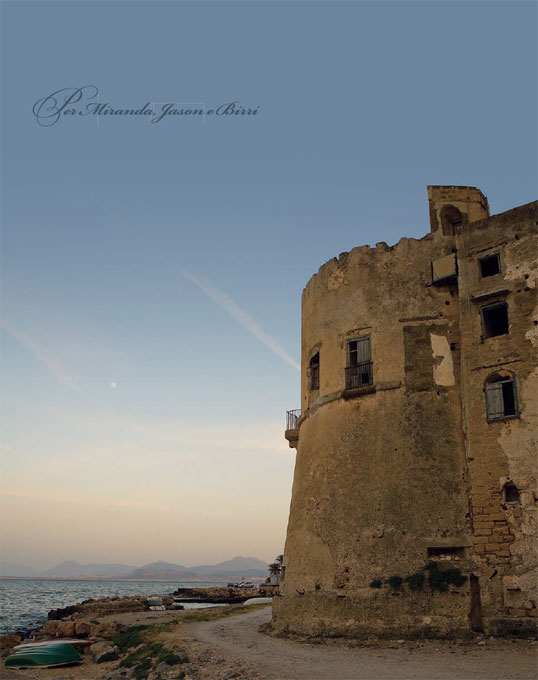 CONTENTS A YEAR OF ITALIAN FOOD A defining characteristic of traditional Italian food is that it is strongly seasonal.
CONTENTS A YEAR OF ITALIAN FOOD A defining characteristic of traditional Italian food is that it is strongly seasonal. 

 CONTENTS A YEAR OF ITALIAN FOOD A defining characteristic of traditional Italian food is that it is strongly seasonal.
CONTENTS A YEAR OF ITALIAN FOOD A defining characteristic of traditional Italian food is that it is strongly seasonal.
Favoured ingredients are available in some seasons but not in others, and every season seems to have its culinary stars. Also, certain dishes are customarily prepared at particular times of the year. You can break the rules, of course, but it is widely understood by people in Italy (who take their cooking and eating seriously and isnt that just about everyone?) that there is definitely a right time to eat certain foods if you want them at their very best. In other cuisines seasonality may not be so strong, particularly in those countries nearer the tropics where they dont have the four seasons maybe two at best: the wet and the dry. You dont hear about spring food in Thailand or autumn food in Canton. Seasonality in Italy is often combined with a strong sense of place.
The country has a very varied geography, from the Alps in the north, the Po River Valley at their feet, a long mountain chain down the spine of a narrow peninsula stretching far down into the Mediterranean, an extended coastline and numerous islands, two of which Sardinia and Sicily are large with mountainous interiors. Its a country tailor-made for a wide range of microclimates, extremes of weather and significant differences between one place and another at various times of the year. It is for this reason that when you talk about seasons in Italy you end up talking about regions as well. Spring comes early in Sicily while Piemonte in the north-west may still be under snow. People have strong views about which region is best in a particular season and, being Italy, these views can be very different. Ultimately its a matter of personal taste.
The links between seasons and locations I have chosen for this book reflect very much my preferences and the association I have with various places. So for me winter is all about the Alps, as summer is about beaches and the sea. My family comes from Lugano in the Italian-speaking south of Switzerland, just north of Milan. We used to go into the mountains in winter and to the island of Sardinia in the summer. So the recipes I have chosen for winter and summer reflect these places as well as the seasons. My choice for autumn is Piemonte, an area not far from Lugano.
It is the home of some of the great ingredients of Italian cooking porcini mushrooms, risotto rices, white truffles, mountain cheeses and famous wines all of which are at their seasonal peak in autumn. Spring for me means Sicily, the first region to experience the new seasons warmth. Spring is also, in food terms, the best time to be in Sicily. Summers are hot, autumns parched, winters a bit bleak, but in spring the abundance the island produces is all on show. You might ask, why the emphasis now on seasonality when many ingredients are available year-round, imported if necessary? For the many people who live in cities rather than the countryside, seasonal difference may not be availability, simply price. I am not a complete purist on this.
There are times when I do use out-of-season ingredients but I see this as the exception rather than the rule. For me the heart of the matter comes down to authenticity, the integrity of the food. In-season ingredients from the right region should always be your preference for one simple reason they taste better. If you want to enjoy food that is varied, right for the timeof year and the best possible expression of the taste and goodness of the ingredients themselves, then you must eat seasonally. Anything else is a second-rate experience! This book is a guide to my favourite seasonal Italian recipes and the regions that inspire them. 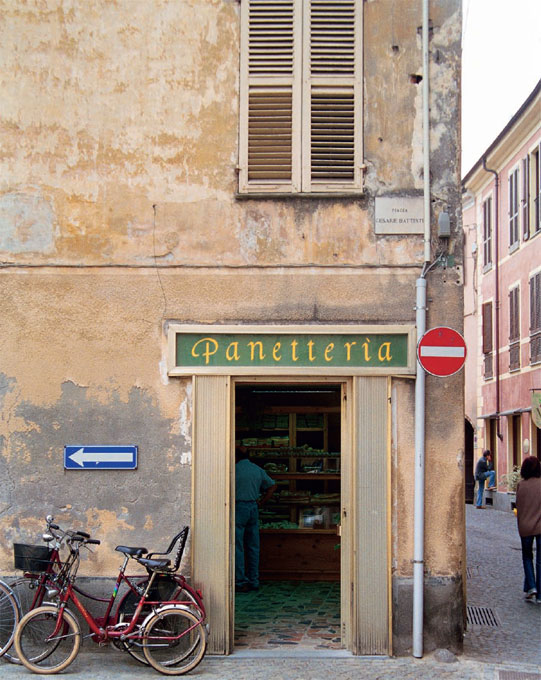
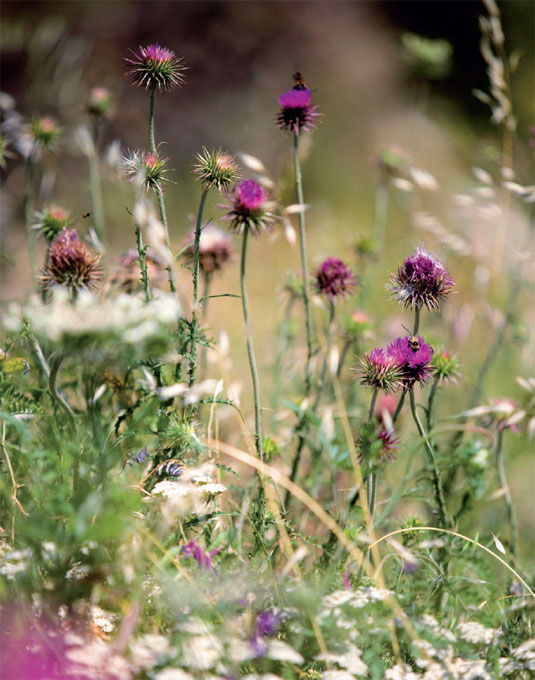
 Spring is the opening of the food year.
Spring is the opening of the food year. 

 Spring is the opening of the food year.
Spring is the opening of the food year.
The new growth that sprouts now will mature in summer or autumn to be eaten then or stored for the winter. So I start my Four Seasons in spring the new beginning. In Italy spring first arrives in Sicily in the far south. There is a natural abundance there, both on the land and in the sea historically Sicily was the granary of Italy. After the heat of summer, the dryness of autumn and the bleak cold of winter, spring is when it all comes together with new moisture in the soil and warm days. The island literally blossoms as the almond and citrus trees come into flower and green shoots of young wheat cover the inland plains.
Remarkably this abundance happens in the sea as well, with the annual migration of tuna from the Atlantic to the warmer waters of the Mediterranean. For centuries the tuna catch has been one of the great events of the Sicilian calendar. Swordfish, another delicacy, also begin to appear off the east coast at this time. Sicilian food has very strong regional characteristics. For centuries the island has absorbed influences from the great cultures of the Mediterranean, such as the Greeks, Carthaginians, Romans, Moors, Normans and Spanish. The recipes I have chosen reflect both spring and the character of Sicilian cooking.
Next page
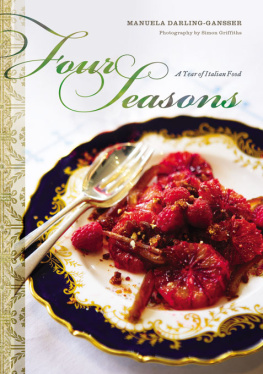
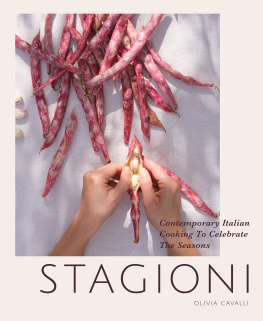

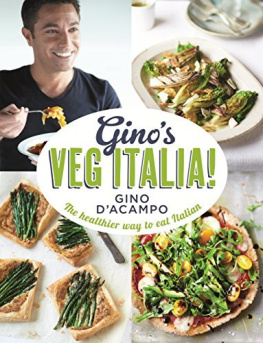
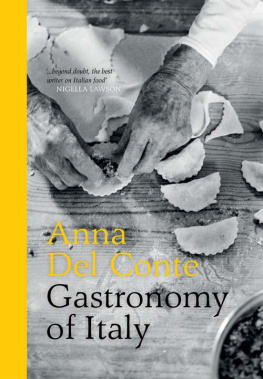
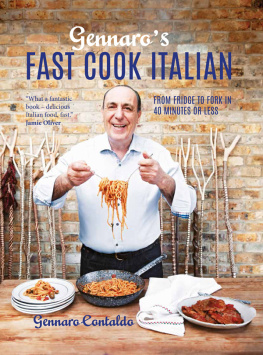
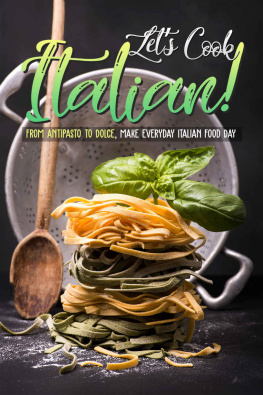

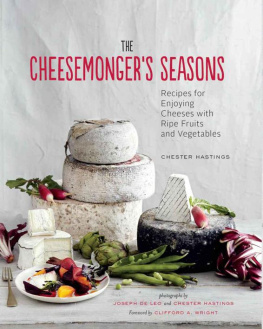
 First published in 2011 by Hardie Grant Books
First published in 2011 by Hardie Grant Books

 CONTENTS A YEAR OF ITALIAN FOOD A defining characteristic of traditional Italian food is that it is strongly seasonal.
CONTENTS A YEAR OF ITALIAN FOOD A defining characteristic of traditional Italian food is that it is strongly seasonal. 

 Spring is the opening of the food year.
Spring is the opening of the food year.